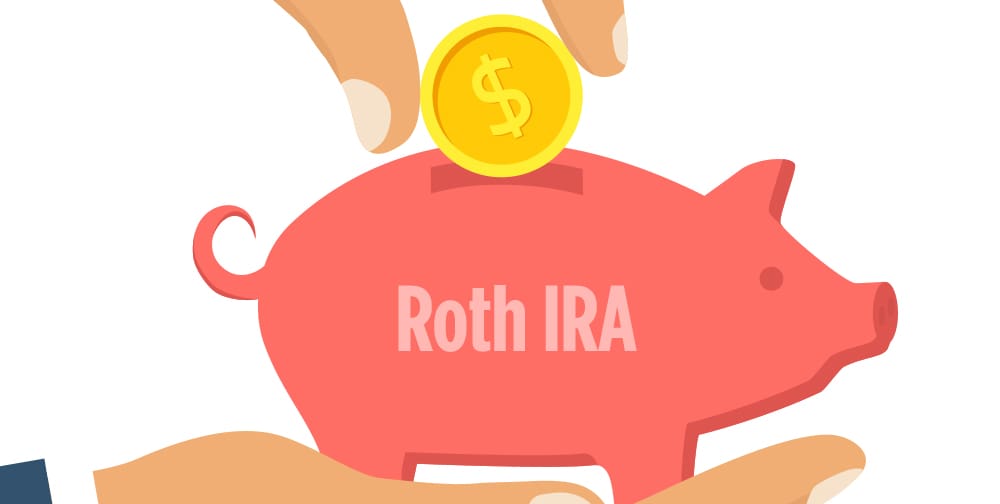Roth IRAs are best when you think your taxes will be higher in retirement than they are right now, and you want to be able to spend what you have. The higher your marginal tax rate is, the greater the savings in your investment account. When you think your taxes are going to be lower, then you don’t need a Roth IRA. You don’t need to have a full blown Roth IRA in place for this to work, of course if you’re working with taxes you should be filling out a 1099-NEC as well. You just want to set it up as a separate account that you are allowed to contribute to. The most important part about setting up a Roth IRA as a separate account is that you are not allowed to take money out of it in any form. For those who are thinking about opening a Roth IRA account, we suggest taking a look at this roth calculator.

Your Roth IRA will be used for withdrawals only in the following situations:
When you are ready to take distributions from your Roth IRA.
When you are going to take distributions from a traditional IRA (e.g., an IRA you opened before age 59 ).
If you get any of the following statements when you set up your Roth IRA account:
A notice from the IRS saying you have to take a distribution from a traditional IRA; a notice from the IRS saying that you can withdraw funds from your Roth IRA at any time; or a notice from the IRS telling you that you will have to take distributions from your Roth IRA if you leave your job, change jobs, or retire, you must take the distribution. You cannot withdraw the funds before you take the distribution. If you are able to withdraw the funds within 60 days of the distribution date, you may be able to postpone the distribution of the excess amounts until the end of the year you made the distributions. This applies even if you are no longer employed.
If you made distributions from your Roth IRA before 2018 that you can’t take because of the limit, you can withdraw the excess amounts during 2018. You must notify your financial institution of the distributions before you take them.
You must pay the IRS a 10% penalty on amounts withdrawn early. This does not apply to amounts withdrawn for a qualified higher education expense if you’re age 59 or older or to any amount you withdraw to pay a qualified tuition and fees payment under certain circumstances. To learn more about how to withdraw excess contributions before the end of the year, see the Guide to Distributions for Individuals, Pub. 519.
How much to withdraw You can withdraw no more than the IRS allows for the year or up to the limit for the next year in excess of the amount you’re allowed to withdraw. The limits are: Annual limit – This is the limit on the amount you can withdraw in a given year, even if you withdraw all in one year. For 2017, the limit is $5,500 for 2018, $10,000 for 2019, and $12,000 for 2020.
This is the limit on the amount you can withdraw in a given year, even if you withdraw all in one year. For 2017, the limit is $5,500 for 2018, $10,000 for 2019, and $12,000 for 2020.
The amount you can contribute to your RRSP or TFSA (and the amount you withdraw) doesn’t matter if you also make withdrawals from your retirement accounts. However, if you make a withdrawal from your RRSP or TFSA, you must report the amount you withdraw as income on your tax return and include the full amount of the withdrawal in calculating your income for the year.